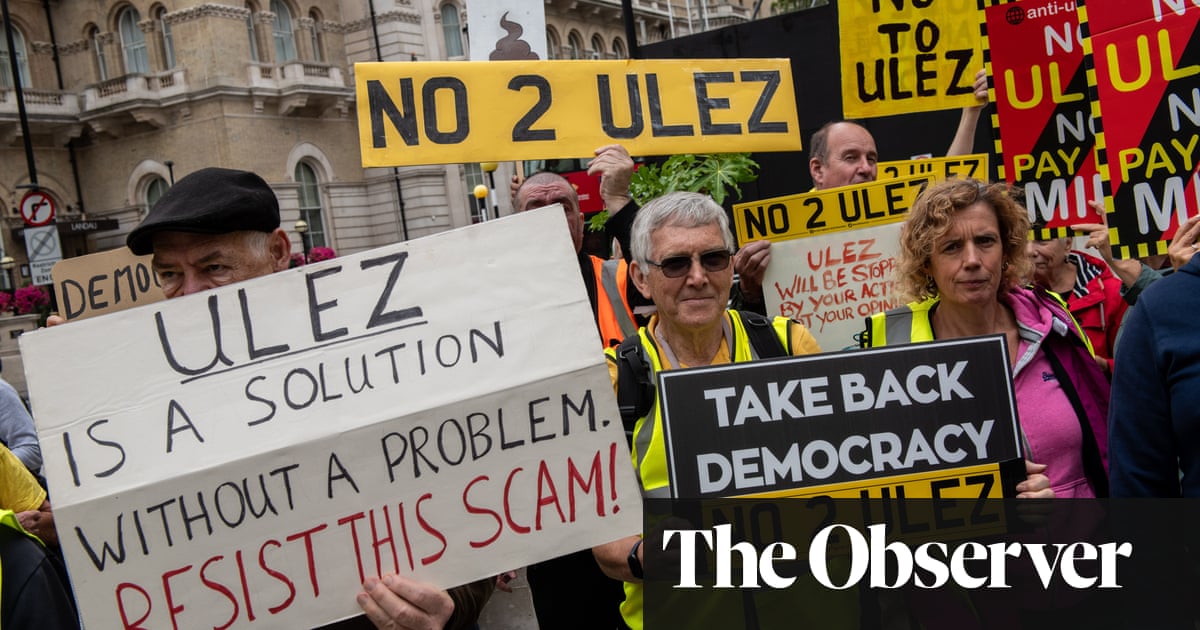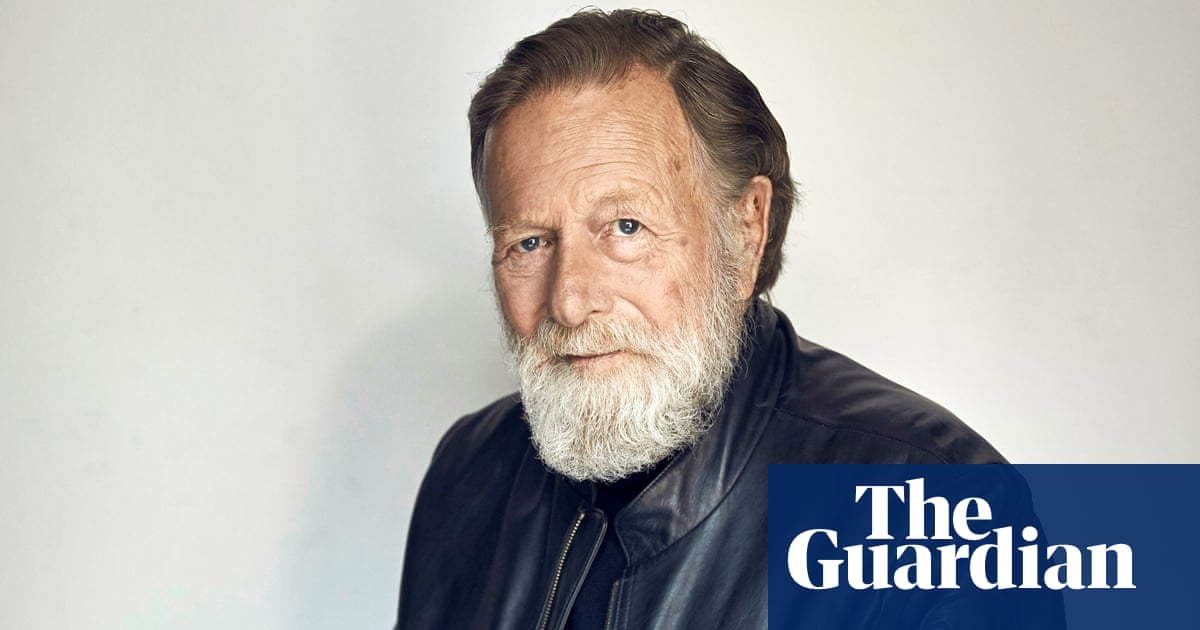
There are two numbers you need to know about climate change. The first is 51bn. The other is zero.
Fifty-one billion is how many tons of greenhouse gases the world typically adds to the atmosphere every year. Zero is what we need to aim for. To stop the warming and avoid the worst effects of climate change, humans need to stop adding greenhouse gases to the atmosphere. The climate is like a bathtub that’s slowly filling up with water. Even if we slow the flow of water to a trickle, the tub will eventually overflow. Setting a goal to reduce our emissions won’t do it. The only sensible goal is zero.
This sounds difficult, because it will be. Take this past year: economic activity has slowed down so much, due to Covid-19, that the world will emit fewer greenhouse gases. But the reduction will probably be about 5%. In real terms, that means we will release the equivalent of 48-49bn tons of carbon, instead of 51bn.
Consider what it took to achieve this 5% reduction. More than 2 million people died and tens of millions were put out of work. To put it mildly, this was not a situation that anyone would want to continue or repeat. And yet the world’s greenhouse gas emissions probably dropped just 5%, and possibly less.
This small decline in emissions is proof that we cannot get to zero simply, or even mostly, by flying and driving less. Just as we needed new tests, treatments and vaccines for the novel coronavirus, we need new tools for fighting climate change: zero-carbon ways to produce electricity, make things, grow food, keep our buildings cool or warm, and move people and goods around the world.
I am aware that I’m an imperfect messenger on climate change. The world is not exactly lacking in rich men with big ideas about what other people should do, or who think technology can fix any problem. I own big houses and fly in private planes – in fact, I took one to Paris for the climate conference, so who am I to lecture anyone on the environment?
I plead guilty to all three charges. I can’t deny being a rich guy with an opinion. I do believe, though, that it is an informed opinion, and I am always trying to learn more.
I’m also a technophile. When it comes to climate change, I know innovation isn’t the only thing we need. But we cannot keep the Earth liveable without it. Techno fixes are not sufficient, but they are necessary.
It’s true that my carbon footprint is absurdly high. For a long time I have felt guilty about this. Working on this book has made me even more conscious of my responsibility to reduce my emissions; shrinking my carbon footprint is the least that can be expected of someone in my position. In 2020, I started buying sustainable jet fuel and will fully offset my family’s aviation emissions in 2021. For our non-aviation emissions, I’m buying offsets through a company that removes carbon dioxide from the air and a nonprofit that installs clean energy upgrades in affordable housing units in Chicago.
I’m also investing in zero-carbon technologies. Some things, like electricity and cars, get lots of attention, but they are only the beginning. Passenger cars represent less than half of all the emissions from transportation, which in turn is 16% of all emissions worldwide. Meanwhile, making steel and cement accounts for around 10% of all emissions.
Each year, America alone produces more than 96m tons of cement, one of the main ingredients in concrete, and we’re not even the biggest consumers of the stuff – that would be China, which installed more concrete in the first 16 years of the 21st century than the United States did in the entire 20th century.
To make cement, you need calcium. To get calcium, you start with limestone and burn it in a furnace until you end up with the thing you want – calcium for your cement – plus something you don’t want: carbon dioxide. Nobody knows of a way to make cement without going through this process. It’s a one-to-one relationship; make a ton of cement and you’ll get a ton of carbon dioxide.
Between now and 2050, the world’s annual cement production is predicted to go up a bit, as the building boom slows in China and picks up in smaller developing countries before settling back down near 4bn tons a year, roughly where it is today. Cement is a tough case, but a couple of companies have good ideas.
One approach is to take recycled carbon dioxide and inject it back into the cement before it’s used at the construction site. The company that’s pursuing this idea, CarbonCure, has several dozen customers already, including LinkedIn and McDonald’s. So far it’s only able to reduce emissions by around 10%, though it hopes to get to 33% eventually.
Another, more theoretical, approach involves making cement out of seawater and the carbon dioxide captured from power plants. The inventors behind this idea think it could ultimately cut emissions by more than 70%.
I’ve put more than $1bn into approaches that I hope will help the world get to zero, including affordable and reliable clean energy and low-emissions steel, meat and cement. Of course, investing in companies like these doesn’t make my carbon footprint smaller. But if I’ve picked any winners at all, they will be responsible for removing much more carbon than I and my family are responsible for. Besides, the goal isn’t simply for any one person to make up for his or her emissions; it’s to avoid a climate disaster.
When the global economy went into severe recession in 2008, public support for action on climate change plummeted. People just couldn’t see how we could respond to both crises at the same time. This time is different. Even though the pandemic has wrecked the global economy, support for action on climate change remains high. Our emissions, it seems, are no longer a problem that we’re willing to kick down the road.
The question now is this: what should we do with this momentum? To me, the answer is clear. We should spend the next decade focusing on the technologies, policies and market structures that will put us on the path to eliminating greenhouse gases by 2050. It’s hard to think of a better response to a miserable 2020 than spending the next 10 years dedicating ourselves to this ambitious goal.
Bill Gates’ How To Avoid A Climate Disaster: The Solutions We Have And The Breakthroughs We Need is published by Allen Lane on 16 February at £20. To order a copy for £17.40, visit guardianbookshop.com.












